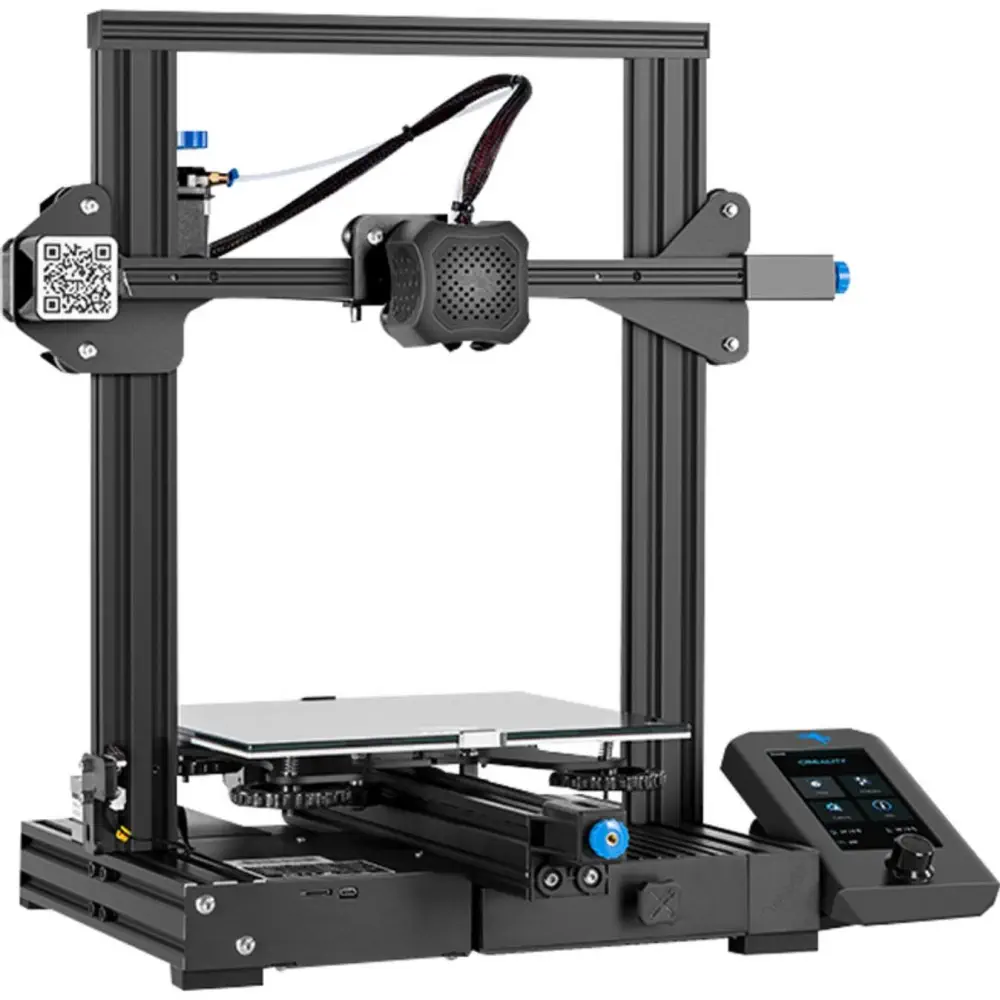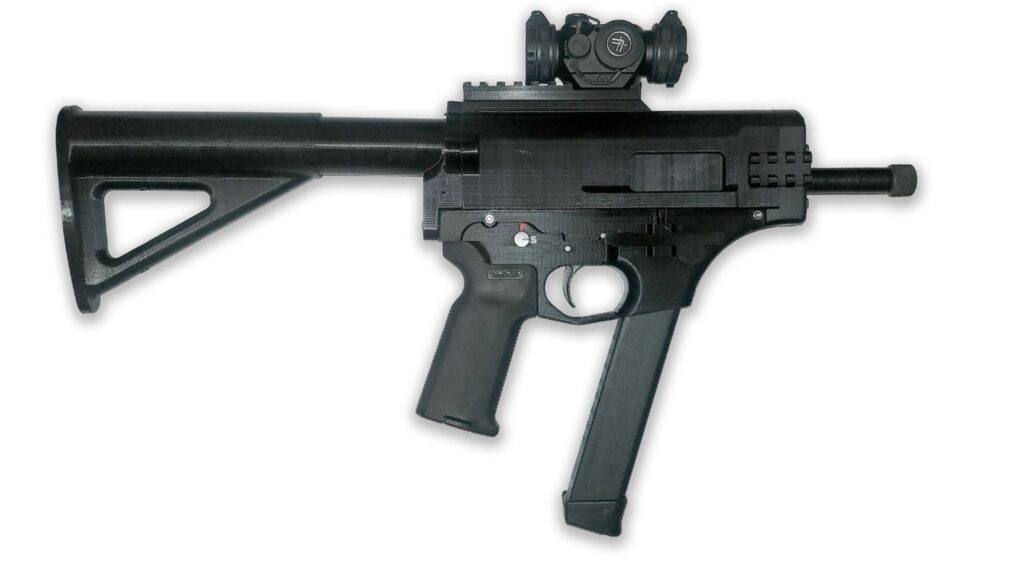I’m one of those guys who’s both interested in firearms and 3D printing. To be fair, I haven’t printed a gun or even tried it yet, but I’ve printed gun parts, accessories, and more. Ever since the Liberator set sail on the internet, the idea of 3D printing firearms has bothered all the right people. The ability to 3D print a gun effectively murders gun control, and lots of gun control enthusiasts have railed against the idea. 3D Printed guns must seem terrifying to statists.
We’ve seen calls for universal background checks on 3D printers for God’s sake. Printing and making your own gun is completely legal Federally, and it’s an American tradition. It goes back to the Revolutionary War and continues to be a hobby amongst the American gun owners. 3D printing revolutionized the homemade firearms market.

Now, a company called 3DPrinterOS, in collaboration with Montclair State University, has developed an algorithm that supposedly can identify 3D-printed gun parts.
Jason Frasca, co-director of the MIXat Montclair State University, added, “This partnership allows us to explore the intersection of technology and public safety. We are excited to contribute our knowledge to develop a system that can make a real difference in identifying and mitigating risks associated with 3D printed firearms.”
Is This the End of 3D Printed Guns?
According to 3DPrinterOS and Montclair State University, this algorithm will allow manufacturers, schools, universities, and law enforcement to monitor and control 3D-printed firearm parts.
There are manufacturers who do print-on-demand services, so I can see this working for them. Schools and colleges often have 3D printers for students to use. Libraries even allow them to be checked out. I can see this software working for these uses.

Firearms certainly have distinct shapes, so I imagine the technology would make them easy to identify. especially if the company is smart enough to look into the world of 3D printed firearms and front-load Glock frames into the system.
How exactly it will allow law enforcement to monitor 3D printing is lost on me. How would this algorithm turn homemade firearms enthusiasts in to the police? In the United States, they’d need a warrant to look at what you’re printing. Even if they had a warrant how exactly is their algorithm going to make its way to my 3D printer?
The Truth
There are plenty of 3D printers that don’t connect to the internet. I guess someone could, somehow, deviously install this software onto your computer and 3D printer. However, most of the folks 3D printing guns and accessories are also privacy nerds. My 3D printer doesn’t need to connect to the internet. I can just load sliced prints through an SD card.
There is no way any algorithm could detect what I’m printing. (It’s mostly succulent pots.) This technology is a lot like most gun control efforts. It’s a joke. It’s not an effective tool. At best, it will stop people from using print-on-demand services to make firearm frames, but as far as I know, no one in the 3D printing gun world would ever try that.

There are programs called slicers that 3D print enthusiasts use to adjust settings, angles, and more before turning code into a physical object. A slicer company could implement this technology, but you could just swap slicers.
Most slicers, like Cura, are open-source. The 3D printing community is also very open-source, and you aren’t locked into any one ecosystem. Anything like this would be remarkably easy to avoid.
This is security theater at best. It won’t stop anyone from printing a gun, but it’ll likely get some grant money. There is nothing to fear from this technology right now. In the United States, it’s federally legal to print firearm frames and parts for personal use. State laws may vary.
You can’t stop the signal.
Read the full article here









